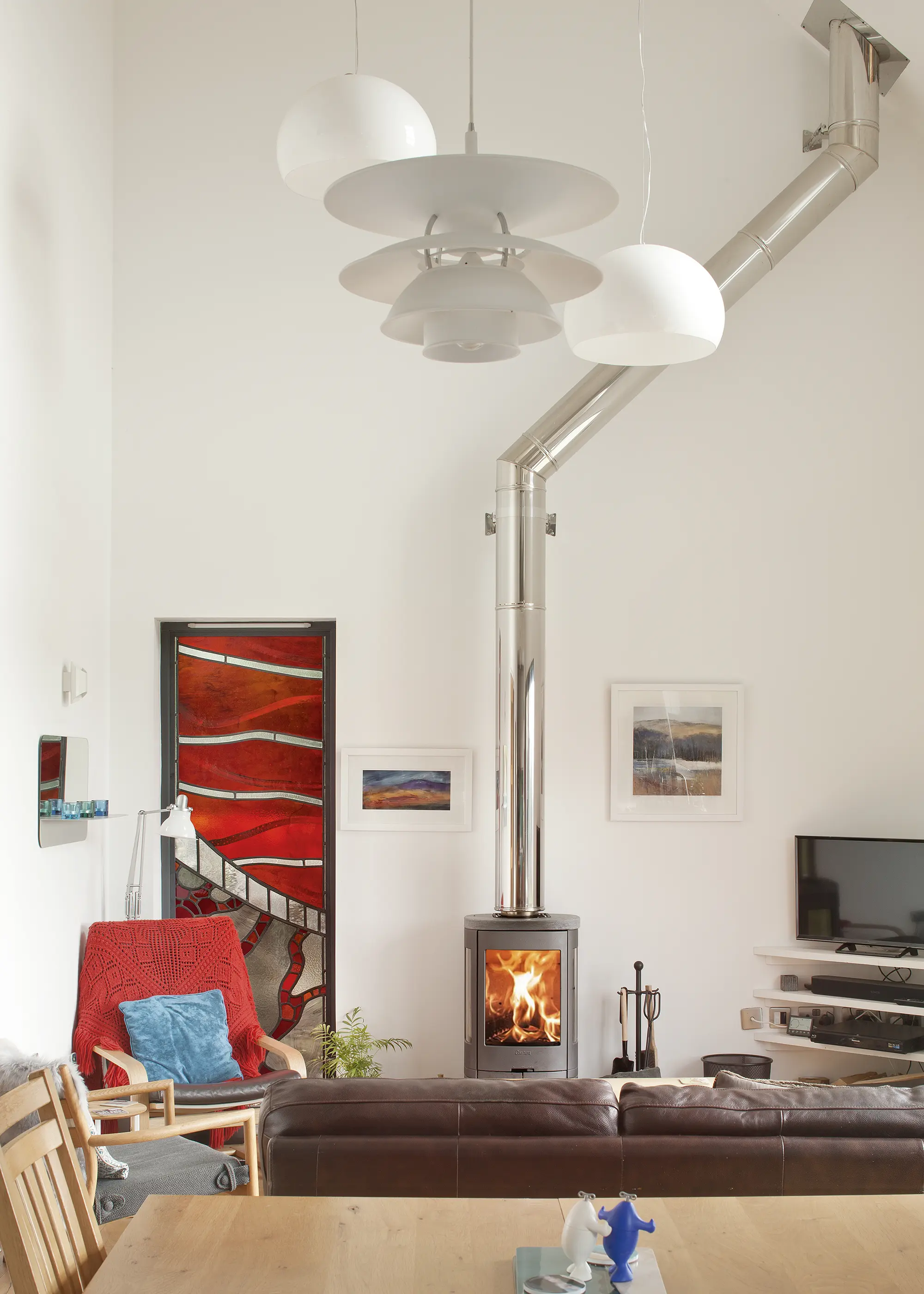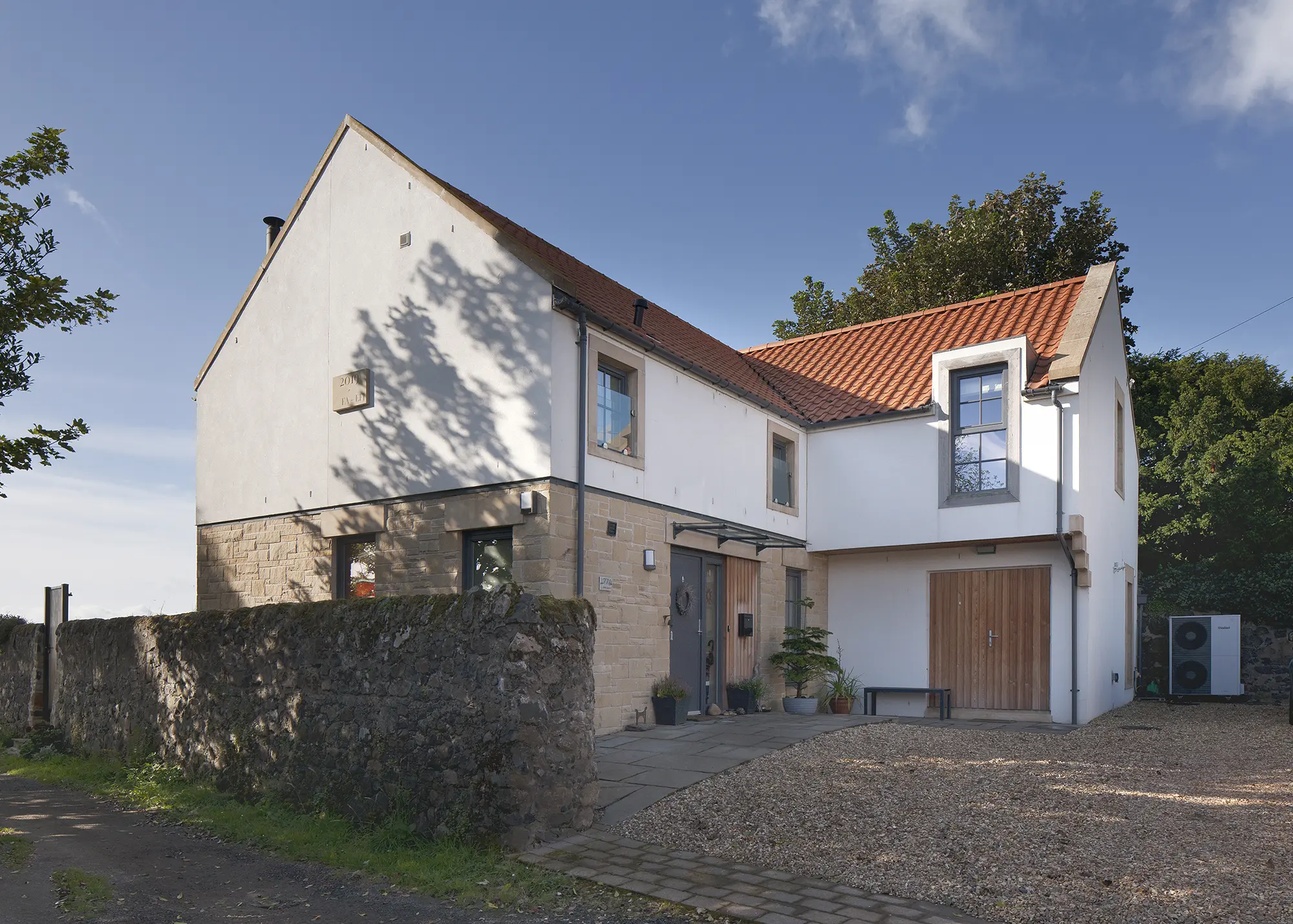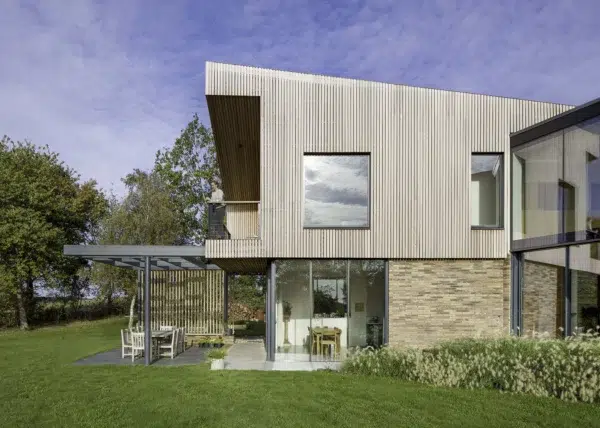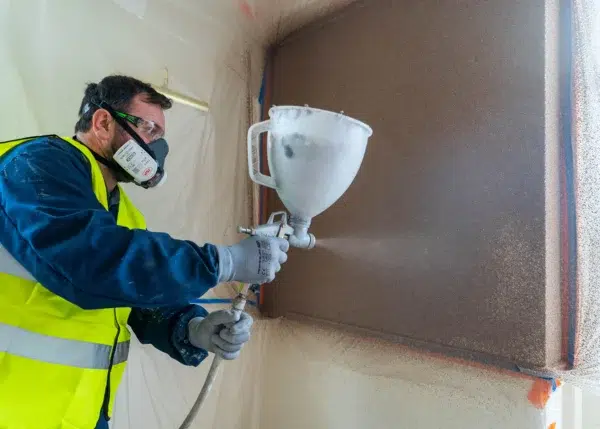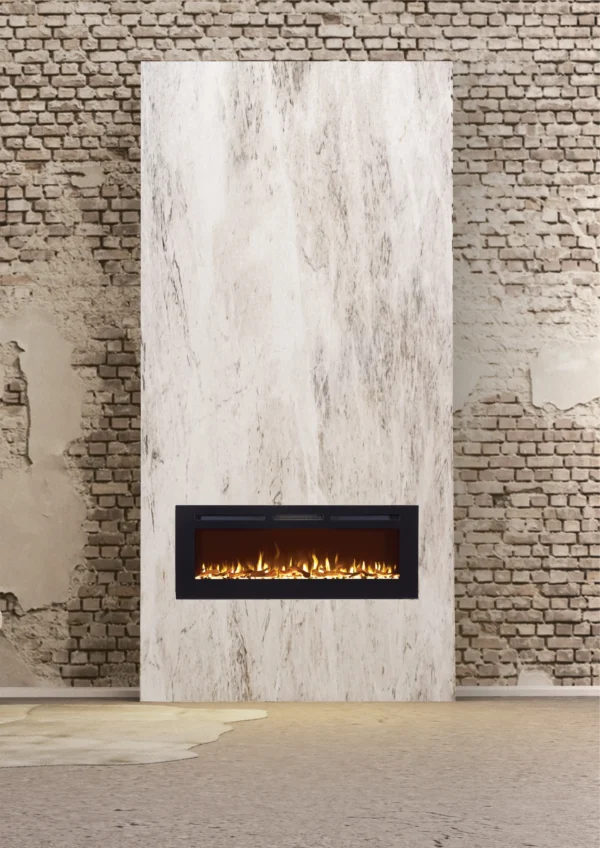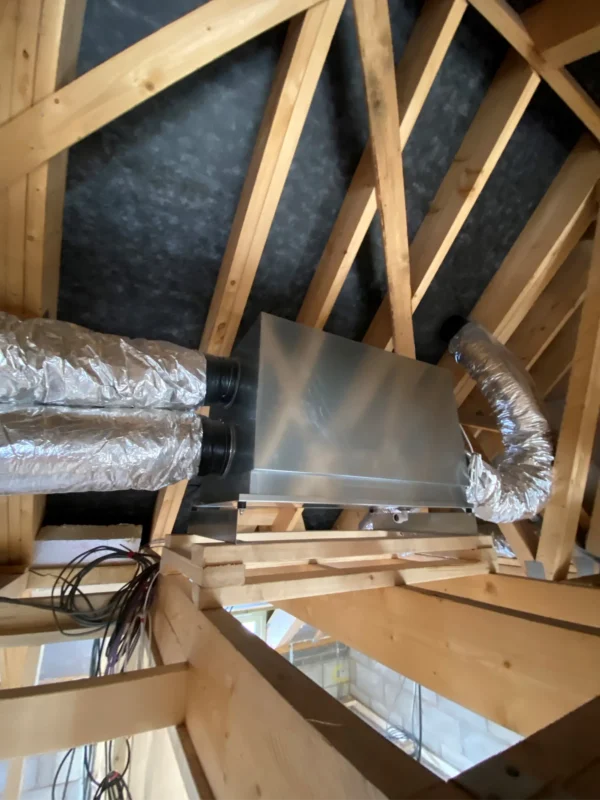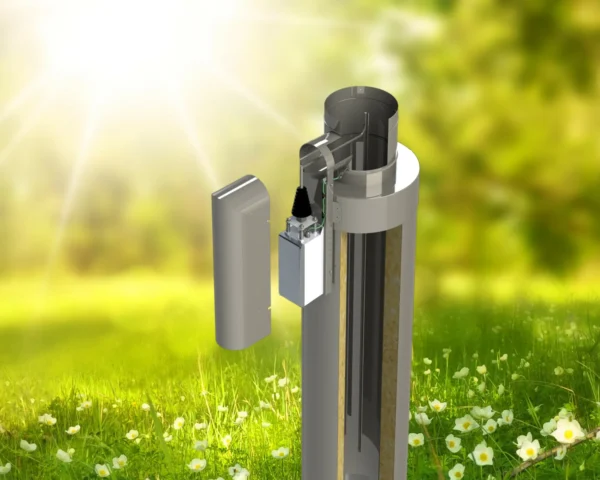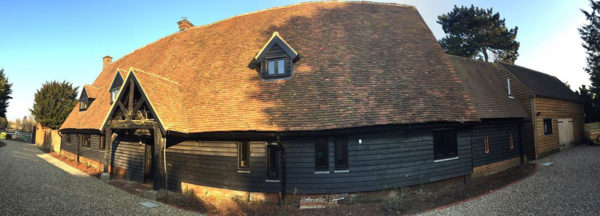Woodburning Stove Industry Experts Answer 9 Popular FAQs
Few features can infuse a space with warmth and comfort quite like the glow of a real fire. However, a woodburning stove does not simply create a cosy atmosphere – it also offers a sustainable and efficient way to heat your living area. And with rising energy prices and many self builders seeking greener solutions, it’s no surprise that stoves are taking their place at the centre of the home.
Today’s stoves are a long way away from the smoky burners of the past. Cleaner technology and modern design mean they are able to extract more heat all while producing fewer emissions. Some can even be connected to a central heating or hot water system, making them a practical solution for your home’s overall energy strategy, all while serving as a charming focal point in a room.
That said, installing a stove isn’t just a matter of choosing the design you like best. You’ll need to think carefully about heat output, room size, ventilation and where the stove will sit in your layout. The right flue or chimney arrangement is essential too, to ensure harmful gases are vented properly and help it run more efficiently
We’ve rounded up six great examples from leading manufacturers, showcasing what’s available at different price points and styles. And, to help you make the right decision, we’ve also gathered insights from six industry experts, where they have answered some of the most commonly asked questions – from how to choose a stove and where to position it, to maintenance, cleaning and efficiency tips.
find stoves & fires in Build It’s directory
FAQ What questions should I ask a woodburner supplier when choosing a stove?
First, you will need to work out the heat output for the space. Most stove websites have a simple calculator that will estimate your heating needs based on the room size and insulation level of your property. Next, you will need to check if you live in a smokeless zone as, if you do, you’ll need a DEFRA exempt model.

Stovesonline’s Opus Octave 70F 5kW woodburner is DEFRA exempt and runs at over 80% efficiency. £2,295 incl delivery
Ensure the stove has an efficiency rating of at least 75%, and if you plan to bring combustion air directly from outside, confirm it supports this feature. If you are researching your stove options online, choose a retailer with knowledgeable staff who are easy to contact. Their experience will give you valuable insight into which models are most reliable. Lastly, choose a stove that pleases the eye as it’ll be the main focus.
FAQ What fuel would you say works best in a modern woodburning stove?
Selecting the right fuel is key as it has an effect on heat output, burn cleanliness and the overall health of your woodburning stove. For best performance, use seasoned or kiln-dried logs with a moisture content below 20%. If you are drying the wood yourself, make sure it has enough time to season.
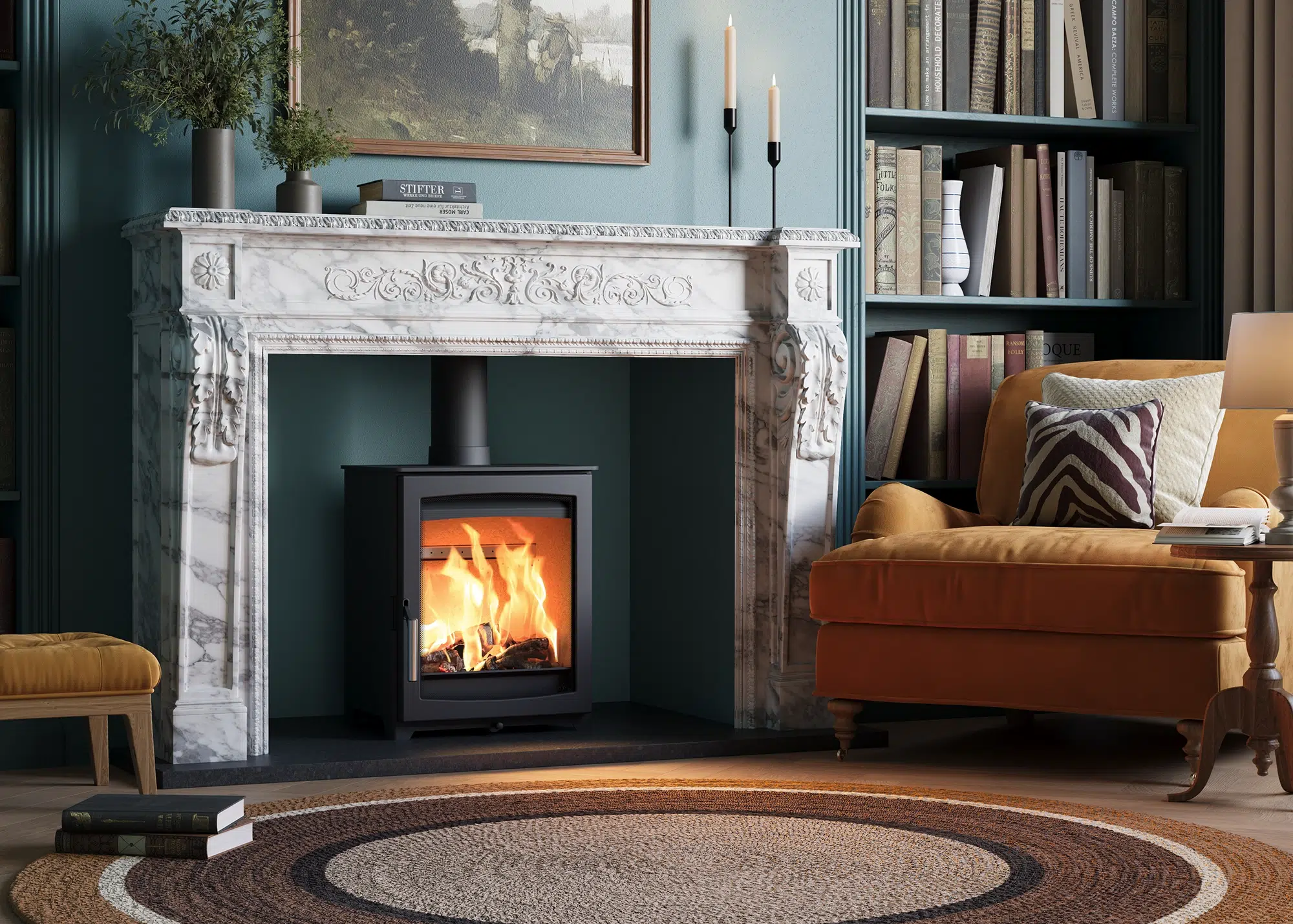
The Charnwood Island II Blu is an ecodesign-ready, DEFRA exempt 8kW woodburning or multifuel stove from Direct Stoves. £2,808
Alternatively, you can seek out logs with the Woodsure certification, a UK standard for top quality, ready-to-burn wood. Store it in a dry, well-ventilated area to ensure it maintains low moisture levels. Painted or varnished wood contains chemicals that can release toxins and complicate the stove cleaning process. Wood is a brilliant stove fuel, but it does require some extra maintenance. Regular cleaning will boost efficiency and extend the stove’s lifespan.
CASE STUDY Low-energy self build with a central woodburnerBrent and Linda Walker’s new energy efficient home in the Colinsburgh conservation area of Fife, Scotland, is the culmination of a long held ambition that goes way back to the early 1990s and their previous life in Yorkshire. True to their aim, in 2017 the couple sold their house and moved into rented accommodation in Yorkshire, while Linda continued to work full time and Brent, part-time. “We then took on the onerous job of finding a plot of land, which actually took around two months,” says Brent. The couple found a perfect, south-facing site with incredible views. The plot had no utilities connected, but did have outline planning permission for a two-storey house. Brent and Linda worked with Fife Architects to develop an architectural scheme, fit for the site, before purchasing the site. The couple thought carefully about what they wanted from their new home. “We considered that we’re approaching old age and might want to be able to live on the ground floor, so have included an ensuite master bedroom downstairs,” says Brent. The design that emerged was a low-energy, three-bedroom home over two levels, with the main elevation enjoying south-facing views over the countryside. The double-height living area features a central woodburning stove, which makes a striking design statement. The new house benefits from power via a solar PV array to the south facing roof, plus an air source heat pump powers the underfloor heating on both levels of the house. Combined with high levels of insulation and airtightness detailing, the project achieved an EPC rating of A for both energy efficiency and carbon emissions. |
FAQ What ongoing maintenance is required to keep a woodburning stove safe & efficient?
To ensure your woodburning stove’s performance is optimal, it needs proper upkeep, including regularly cleaning the exterior, glass and ashpan, as well as an annual service of the stove, chimney and flue by a specialist. It is also important to routinely inspect the internal fire bricks and baffles for cracks and excessive build-up, and to monitor the door and flue seals regularly.

The Dik Guerts Orbe woodburner from Dru Fire offers an output of 5kW-9kW and is DEFRA exempt. From £3,120
Never block or restrict room vents if these have been installed, and don’t overfill your stove past its stated output capacity. Always ensure the door is properly closed after adding fuel and take time to familiarise yourself with both the primary and secondary air controls, since these are key to regulating combustion and achieving a cleaner burn.
FAQ How should self builders decide what size (output in kW) stove they need for their project?
Selecting the correct stove size is vital. To get an idea of what you need, you can use this calculation: measure your room (length x width x height), then divide the volume by 14. The result indicates the kW output required to keep the room at 21°C when it’s 1°C outside. While this formula is a reliable guide, a professional site survey is always recommended.
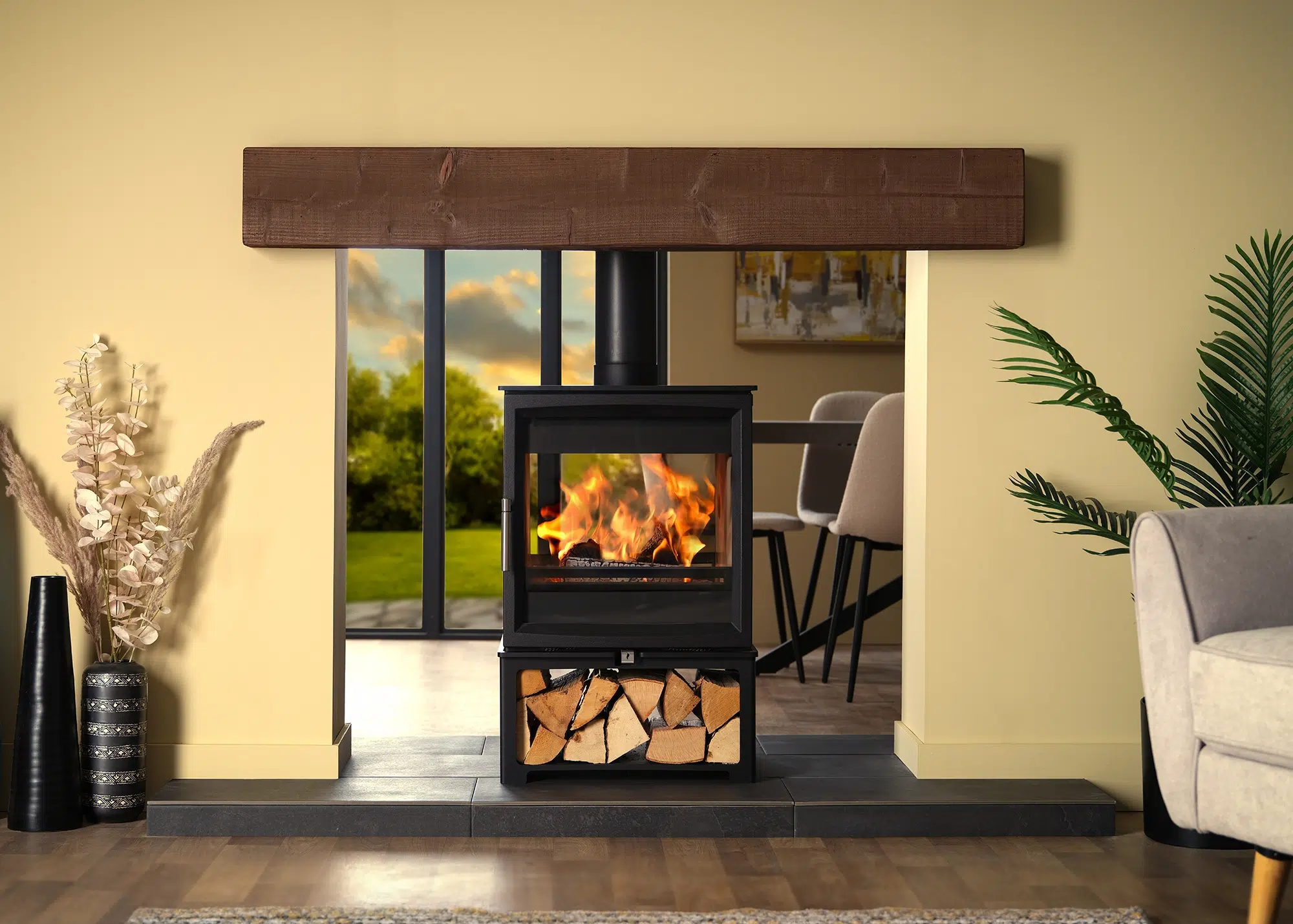
Woodtec 8kW double-sided woodburner from Charlton & Jenrick. DEFRA exempt and clearSkies level 5. From £1,999
The home’s insulation levels will influence the decision significantly. For example, a medium-sized lounge in a modern, well-insulated house may only need 2kW, whereas an older period property might require over 4kW. In large rooms, demand can range from 9kW in a self build up to nearly 28kW in an uninsulated property.
FAQ Where is the best location for a woodburning stove?
A solid fuel stove or fire can be installed in most locations, provided there is a suitable flue and the installation meets the correct requirements from the manufacturer, such as having a safe distance from combustible materials. If your home already has a lovely fireplace and chimney that can be lined appropriately, this will be an obvious place to position your stove.

The multifuel Vogue Medium V with Highline base from Stovax has heat output of up to 8.2kW and is Ecodesign-ready
But, you could also consider a modern flue system with options for internal or external runs, even where there’s no chimney – in the centre of a large room, for instance. Each installation and property is different, so it’s important to seek expert advice from your retailer, who will be able to take all factors into account. Ultimately, your choice will come down to personal taste, budget and the space you have available in your home.
FAQ What technical factors affect the routing and installation of a flue?
A direct, straight flue route is always best. While it can go through the ceiling, offsets are often required in the attic to avoid roof structures, and these must comply with safety regulations. Twin-wall flue systems are essential where the pipe passes through living spaces or externally, as they are insulated for efficiency and safety.
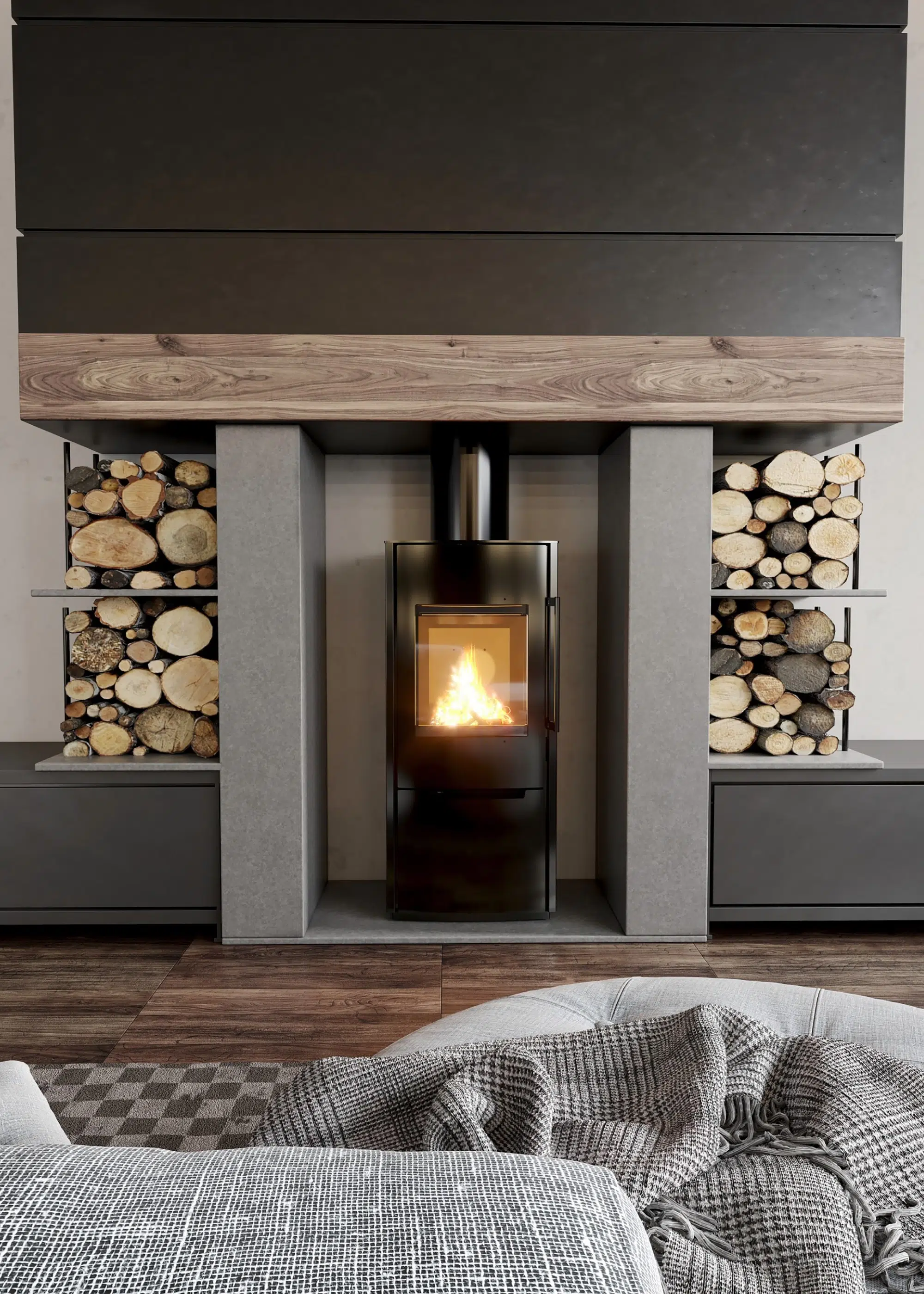
The Schiedel SG Model Three woodburner is DEFRA exempt, clearSkies level 5 and offers over 80% efficiency. From £3,350
An external installation can also be an option, causing minimal disruption since it will only effect one room during construction. In this case, the chimney is supported along the side of the house. If your home already has a chimney breast, a flexible liner can be used to install the new stove within the existing cavity, which is often a more straightforward option, but you should still consult a professional.





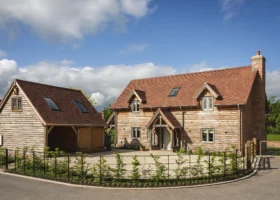
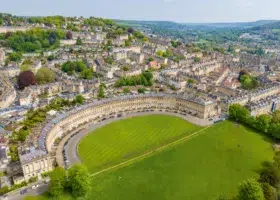

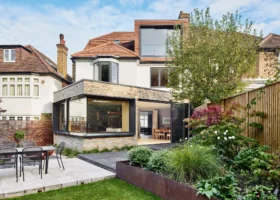
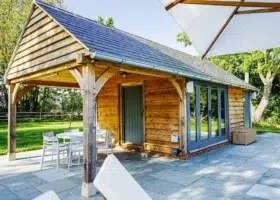
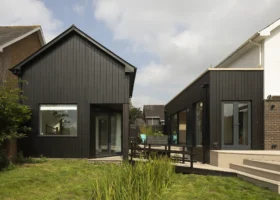
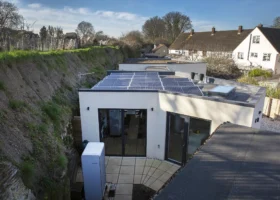


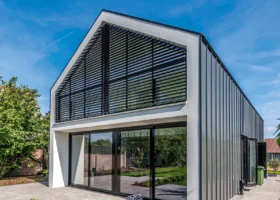

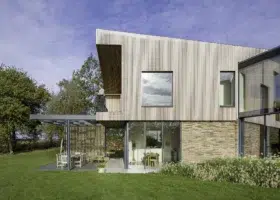
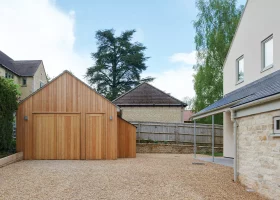


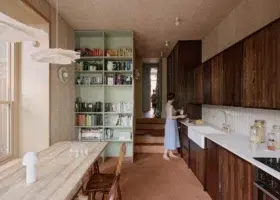
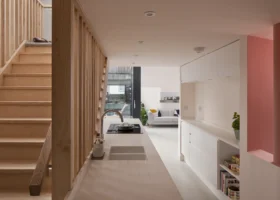
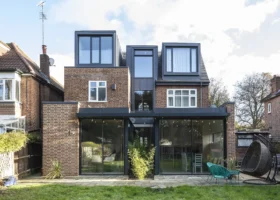
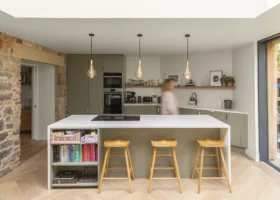

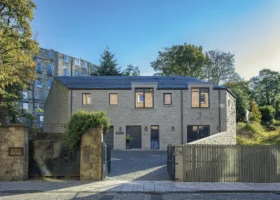
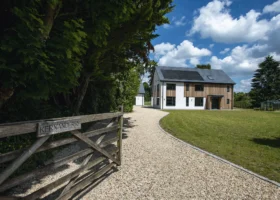

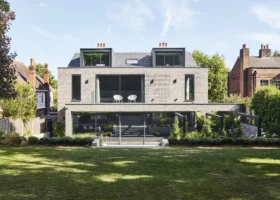
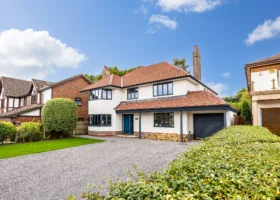

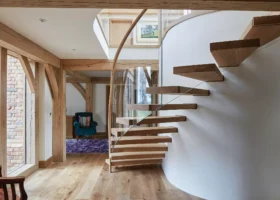





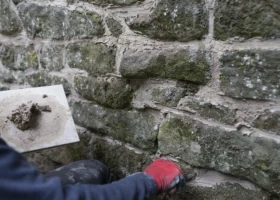

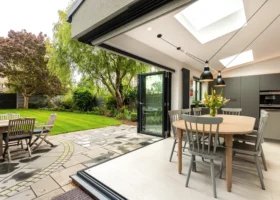
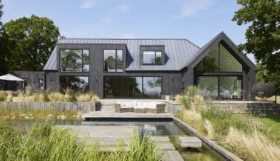
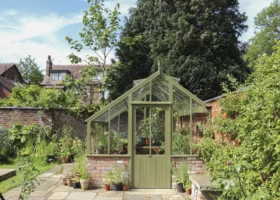
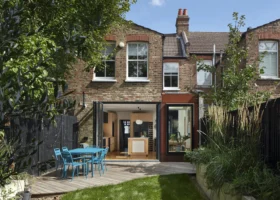
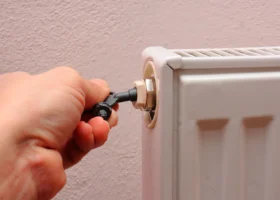
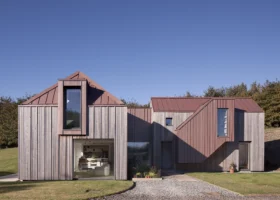
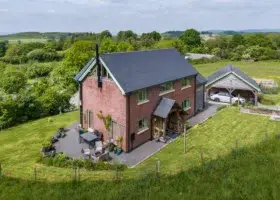

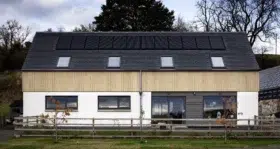


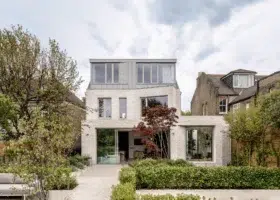
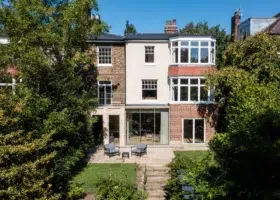

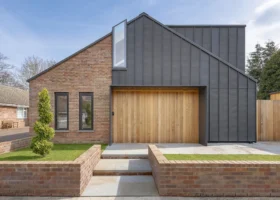
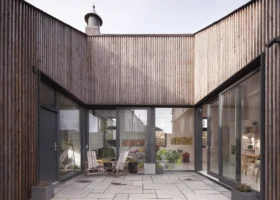
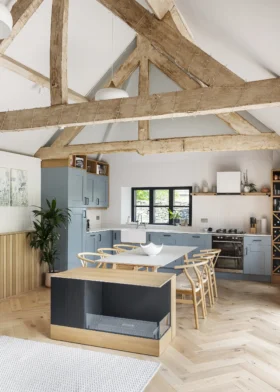
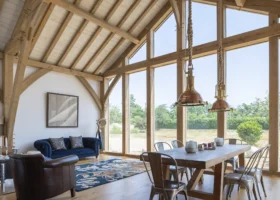
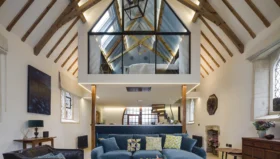
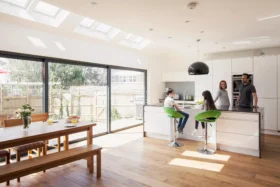
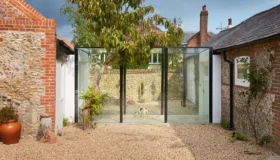
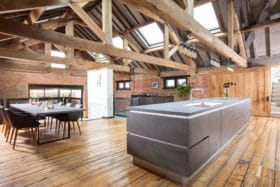
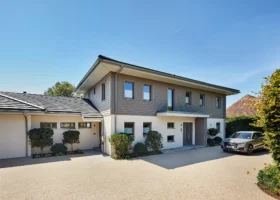

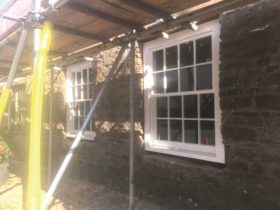
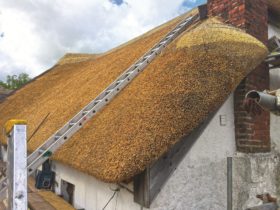
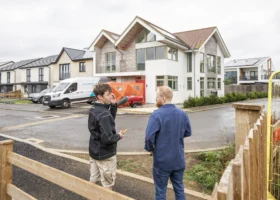



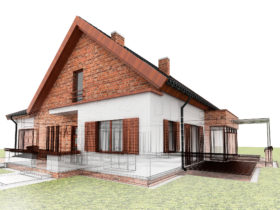



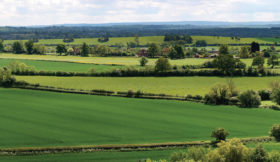







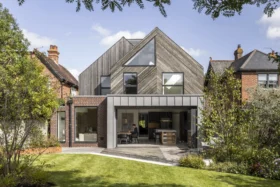




 Login/register to save Article for later
Login/register to save Article for later



